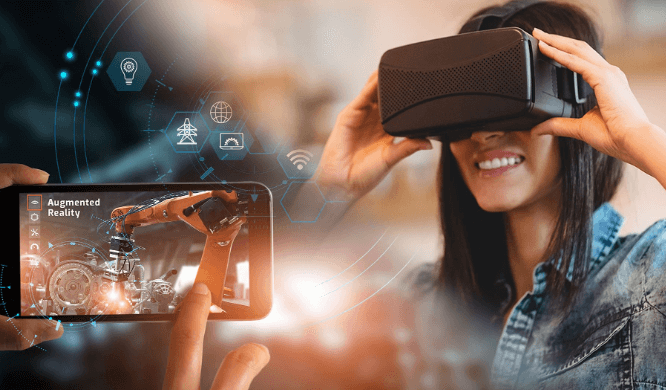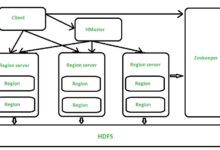How are Virtual and Augmented Reality Technologies Transforming Professional Training and Education?

Introduction
Virtual and augmented reality are not just reshaping the landscape of gaming and entertainment but are also pioneering significant advancements in professional training and education. By integrating VR and AR into learning environments, educational systems worldwide are experiencing a paradigm shift that promises to enhance how knowledge is delivered and absorbed.
The Educational Shift
Interactive Learning
VR and AR introduce an element of interactivity that traditional educational methods often lack. This not only makes learning more engaging but also helps students and professionals grasp complex subjects through experiential learning.
Skills Development
In professional training, VR and AR enable individuals to acquire and refine skills in a controlled, virtual setting that mimics real-world scenarios. This is particularly beneficial in industries where hands-on experience is crucial, such as healthcare, engineering, and technical fields.
The Training Transformation
Enhanced Training Methods
VR and AR technologies provide trainers and educators with tools to create detailed simulations and immersive environments that can replicate actual work conditions without the associated risks or costs.
Real-world Application
Learners can practice their skills in realistic settings, receive instant feedback, and adjust their techniques in ways that traditional educational resources cannot offer.
The Advantages of VR and AR in Education
Increased Engagement
The immersive nature of VR and AR captures the attention of learners, leading to higher levels of engagement and interest. This is crucial for motivation and active learning.
Accelerated Learning
The experiential learning provided by VR and AR can accelerate the understanding and retention of information, as learners are not merely passive recipients of information but active participants in their education.
Accessibility and Inclusion
VR and AR can bridge geographical and physical limitations, offering educational opportunities to a broader audience, including those with disabilities or those in remote locations.
The Challenges of VR and AR
Implementation Costs
Despite the benefits, the initial setup and maintenance of VR and AR technologies can be costly, potentially limiting their adoption, particularly in underfunded educational systems.
Technical Challenges
The success of VR and AR programs depends heavily on the underlying technology, which requires continual updates and maintenance to ensure compatibility and effectiveness.
Adaptation by Educators
Educators must be trained to effectively integrate VR and AR into their curriculums, which may require significant time and resources.
The Future of VR and AR in Education
Technological Advancements
Continuous improvements in VR and AR technologies are expected to reduce costs and enhance functionality, making them more accessible and effective as educational tools.
Expanding Access
As technology becomes more widespread, its integration into educational systems worldwide is likely to increase, making advanced learning tools more accessible.
Integration with Traditional Education
Looking forward, VR and AR are expected to complement traditional educational methods, providing a blended approach that leverages the best of both worlds.
FAQs
How do VR and AR contribute to education? These technologies enhance learning by providing immersive, interactive experiences that improve understanding and engagement.
What are the benefits of using VR and AR in professional training? VR and AR offer realistic, risk-free environments for training, which are ideal for skill refinement and practical application.
How cost-effective are VR and AR in educational settings? While initial costs are high, the long-term benefits of enhanced learning and skill development can justify the investment.
How can educational institutions begin implementing VR and AR? Institutions can start with pilot programs and partnerships to spread costs and evaluate effectiveness before full implementation.
What are the potential risks of VR and AR in education? Risks include technological dependence, privacy concerns, and the potential for unequal access across different socio-economic groups.
How will VR and AR evolve in the next decade? Advancements in technology are likely to make VR and AR more affordable, widespread, and integrated into standard educational practices.
Conclusion
As we embrace the future, the integration of VR and AR in professional training and education holds the promise of transforming traditional learning environments. These technologies not only support a more engaging and effective educational experience but also prepare learners for the demands of the modern workforce.






